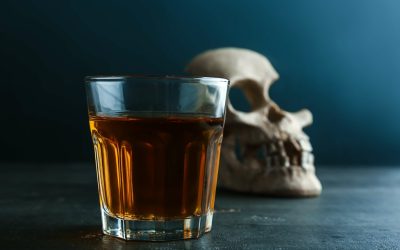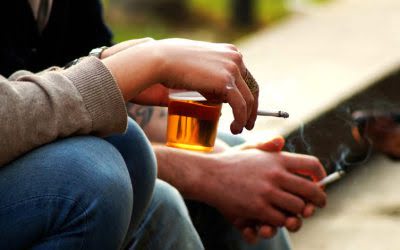You've got
50% off
+ Tell us about you! GIFT!
You've got
+ Tell us about you! GIFT!
As long as you come from a non-judgmental, caring, and respectful place, reaching out to help a loved one will always do more good than harm. Your support may be just the thing they need to get professional help and start their recovery journey. If you think you may be experiencing PTSD and/or an alcohol use problem, it is always a wise decision to reach out to your doctor so you can talk about possible treatment plans. Model covariates include any past-year mood disorder, any past-year anxiety disorder, drug addiction treatment any past-year drug use disorder, past-year nicotine dependence, age, race, education, marital status, employment status, and household income. The behavioral and physiological similarities between learned helplessness in animals and patients with PTSD suggest that learned helplessness is a good model to understand PTSD (see Foa et al. 1992 for a review). Get therapy and medical care—just $25 with insurance, no hidden fees— for alcohol recovery, depression, everyday illnesses, and more.
Unfortunately, many people with PTSD will also experience a co-occurring alcohol use disorder and may need to seek PTSD and addiction treatment. The most commonly used assessment with regard to the PTSD-AUD self-medication literature (Hawn et al., under second review) is the drinking to cope subscale of the Drinking Motives Questionnaire—Revised (DMQ-R; Cooper, 1994). The frequency at which the DMQ(-R) is used to infer drinking to cope with PTSD symptoms is problematic because the DMQ-Cope subscale assesses drinking to cope with negative internal experiences generally and is not at all specific to drinking to cope with trauma-related symptoms. To date, it appears that no studies have explicitly examined the extent (i.e., frequency, quantity) of drinking to cope with trauma-related symptoms (e.g., intrusive thoughts, avoidance, anhedonia, hypervigilance) specifically, making this a critical void to fill.
Equally, going through trauma can lead to an alcohol use disorder, whether or not you develop PTSD. But if you or someone you know has PTSD, an alcohol usage disorder or both, it’s important to get support. At PTSD UK, we are excited to join forces with SoberBuzz to extend our support to https://smartdizayn.com/understanding-anonymity-alcoholics-anonymous/ people dealing with PTSD or C-PTSD who are seeking to take control of their alcohol consumption.

For this reason, it is important to evaluate both risk for exposure as well as risk for a disorder among those exposed. In the ptsd blackouts DSM-5, the terms “alcohol dependence” and “alcohol abuse” were removed, and the two separate diagnoses were replaced with one diagnosis—AUD.7 The DSM-5 lists 11 symptoms for the disorder, and an AUD diagnosis now has levels of severity based on the number of symptoms presented. The presence of two to three symptoms indicates mild AUD, four to five symptoms indicate moderate AUD, and six or more symptoms indicate severe AUD.

The valuable hints and tips that follow are a result of our partnership with SoberBuzz, aimed at empowering you on your path to well-being. Replacing alcohol with positive coping strategies empowers individuals to regain control over their mental health and wellbeing. Because PTSD and alcohol use disorder are deeply intertwined, treating them together is crucial.

An opioid antagonist such as a naltrexone would block the endorphin response and reduce the desire for alcohol. In an animal study (Volpicelli et al. 1986), we have shown that the opioid blocker naltrexone can prevent increased alcohol consumption following trauma. Rats will typically increase their alcohol consumption after several days of 1-hour sessions of brief electric footshocks. However, as shown in figure 2, the use of naltrexone effectively blocked the poststress increase in alcohol drinking. Administering naltrexone as part of the treatment for patients with both PTSD and alcoholism may help break the addictive cycle.